Home >Common Problem >Windows Resource Protection found corrupt files: 6 solutions
Windows Resource Protection found corrupt files: 6 solutions
- WBOYWBOYWBOYWBOYWBOYWBOYWBOYWBOYWBOYWBOYWBOYWBOYWBforward
- 2023-04-14 19:16:0419121browse
Whenever the computer feels wrong or fails to respond to commands properly, our first hunch is to check for corrupted system files. However, many users have encountered messages that Windows Resource Protection found corrupt files but was unable to repair some of them.
You see this message when running an SFC (System File Checker) scan to automatically identify and replace corrupted system files on your computer.
However, like other errors, there are many ways to fix this problem. Read the following section to know all about it and the most effective solutions.
What is a corrupted file?
Corrupted files are often confusing because they exhibit behavior similar to malware or viruses. If you try to open one, it will crash or display an error. Differentiating these can be tricky, but you can easily resolve them using the built-in tools available in Windows.
Files can get corrupted for a number of reasons. A common one includes power failure and subsequent PC crash. If you try to save the file during this time, it may become corrupted.
Also, some third-party applications may corrupt files while modifying them, but this will not happen if you are careful with the applications you install on your system. Often, bad sectors on a disk can also lead to corruption of files stored in it.
Therefore, it is recommended that you defragment your hard drive regularly to ensure that it remains healthy. However, never defragment an SSD (Solid State Drive) as it may affect the state of the drive and shorten its lifespan.
No matter what the root cause is, an SFC scan usually solves the problem. However, if the SFC scan finds corrupt files but cannot repair them in Windows 11, there are many ways to fix the problem.
What should I do if Windows Resource Protection cannot repair damaged system files?
1. Run the DISM tool
- Press Windows S to launch the search menu and enter Terminal in the text field at the top , right-click the relevant search result and select Run as administrator from the context menu.

- Click Yes on the pop-up UAC (User Account Control) prompt.

- In Windows Terminal, click the down arrow and select Command Prompt from the menu to open it in a new tab. Alternatively, you can click Ctrl to launch the CommandShift Prompt. 2

- Now, paste the following three commands at a time and hit Enter:
<strong>DISM /Online /Cleanup-Image / CheckHealth</strong>##DISM /Online /Cleanup-Image /ScanHealth<strong></strong>DISM /Online /Cleanup-Image /RestoreHealth<strong></strong>
- Press the
- Windows key to launch the "Start" menu, click the power icon, and hold down the Shift key and select Restart from the list of options.
 Your computer will now restart in Windows RE (Recovery Environment).
Your computer will now restart in Windows RE (Recovery Environment). - Select
- Troubleshoot from the options shown here.
 Next, click
Next, click - Advanced Options.
 Now, select
Now, select - Startup Repair from the options listed here.
 Select an account to continue.
Select an account to continue.  Enter the password for the account and click
Enter the password for the account and click - Continue. If you haven't set a password yet, just leave this field blank.
 Now, wait for the repair process to complete.
Now, wait for the repair process to complete.
Run it and check if Windows Resource Protection found corrupt files but could not repair them. Some of these errors have been resolved and corrupted system files will be replaced with their original versions.
3. Run the Check Disk (CHKDSK) tool
- Press Windows R to start the run command and enter ## in the text field #wtCtrl, hold down the Shift key, and then click OK to start Windows Terminal.
 Click
Click - Yes on the UAC prompt that appears.
 Now, click the arrow at the top and select
Now, click the arrow at the top and select - Command Prompt.
 Type/paste the following command and hit
Type/paste the following command and hit - Enter to run the Check Disk tool:
chkdsk /c<strong></strong>
- Download and installRestoro. Open the app and run
- PC Stability Scan.
 When finished, check the summary and let the application
When finished, check the summary and let the application - automatically fix any errors found .
- Press
- Windows S to launch the search menu and enter System Configuration# in the text field ## and click on the relevant search results.
 Navigate to the " Services" tab from the top.
Navigate to the " Services" tab from the top. -
 Check the Hide all Microsoft services checkbox and click Disable all
Check the Hide all Microsoft services checkbox and click Disable all - .
 Now, go to the Startup tab and click on Open Task Manager
Now, go to the Startup tab and click on Open Task Manager - .
 Find the programs configured to start at startup, select them individually, and click the Disable
Find the programs configured to start at startup, select them individually, and click the Disable - button. Close Task Manager when finished.
 Now, click " OK" in the "System Configuration" window.
Now, click " OK" in the "System Configuration" window. -
 Finally, click Restart
Finally, click Restart - to start Windows in a clean boot environment.
 A clean boot is a state in which Windows runs using only critical drivers, services, and programs. After entering clean boot mode, check if you are still encountering Windows Resource Protection found corrupt files but was unable to fix some of these errors when running an SFC scan.
A clean boot is a state in which Windows runs using only critical drivers, services, and programs. After entering clean boot mode, check if you are still encountering Windows Resource Protection found corrupt files but was unable to fix some of these errors when running an SFC scan.
If not, then it is most likely a driver, service, or program conflict that is causing the problem. The fastest way to identify conflicts with SFC scanning is to enable half of them at a time.
For example, you can enable the first half of the services that were previously disabled and check if the problem reoccurs. If so, one of them is responsible for the conflict. If you're not having problems, it's the other half's process or service.
Now, further, split the problematic half into two parts and proceed in a similar manner until the problematic service is identified. Additionally, you can follow the same approach with the startup programs disabled previously and check if any of them caused the error.
6. Perform a System Restore
Many times, errors are caused by a combination of factors, and identifying and fixing each factor can be a tricky and time-consuming task.
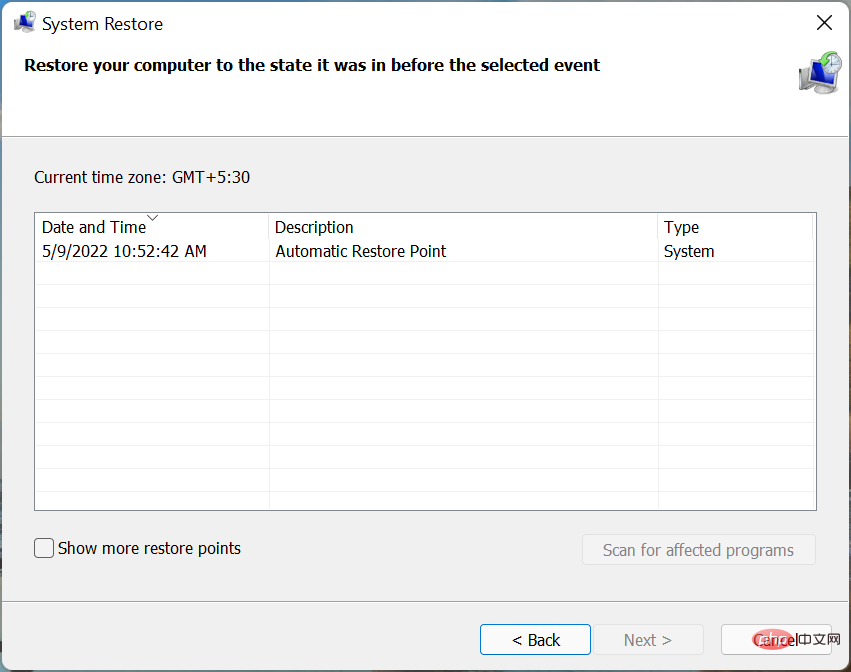
In this case, performing a system restore will do the trick. It is one of the best troubleshooting techniques and can solve even the most complex problems. However, remember to choose a restore point that was created before you first encountered the problem.
Can SFC (sfc /scannow) scanning cause problems?
SFC Scan is a built-in tool that is completely safe to run. However, you should only run it if you are experiencing problems due to corrupted system files. In most cases, after running an SFC scan, you will receive the Windows Resource Protection did not find any integrity violations message.

Although SFC scans have been found to provide unreliable results and false positives. Therefore, you cannot always rely on it and should try running the DISM tool or startup repair utility to fix the problem.
How to repair damaged files manually?
Most likely, Windows Resource Protection found the corrupted files but was unable to repair some of them, which should be fixed now, but you may need to manually repair the corrupted files in the future.
To do this, simply identify the corrupted files and replace them with new ones, that's exactly what these tools do. For example, if a game file is corrupted, just head to the official download source and look for that specific file.
Here is another simple method, using a reliable third-party tool. The best part of using the software is that it automatically scans and repairs/replaces corrupted files. Therefore, you won't encounter any errors or have to perform these lengthy troubleshooting methods.
These are all the ways you can fix errors in Windows 11 and get your computer up and running. Additionally, the methods listed here will work if the SFC scan finds integrity violations but cannot fix them in Windows 10 and Windows 7.
Also, learn how to repair corrupted ZIP file after downloading.
The above is the detailed content of Windows Resource Protection found corrupt files: 6 solutions. For more information, please follow other related articles on the PHP Chinese website!










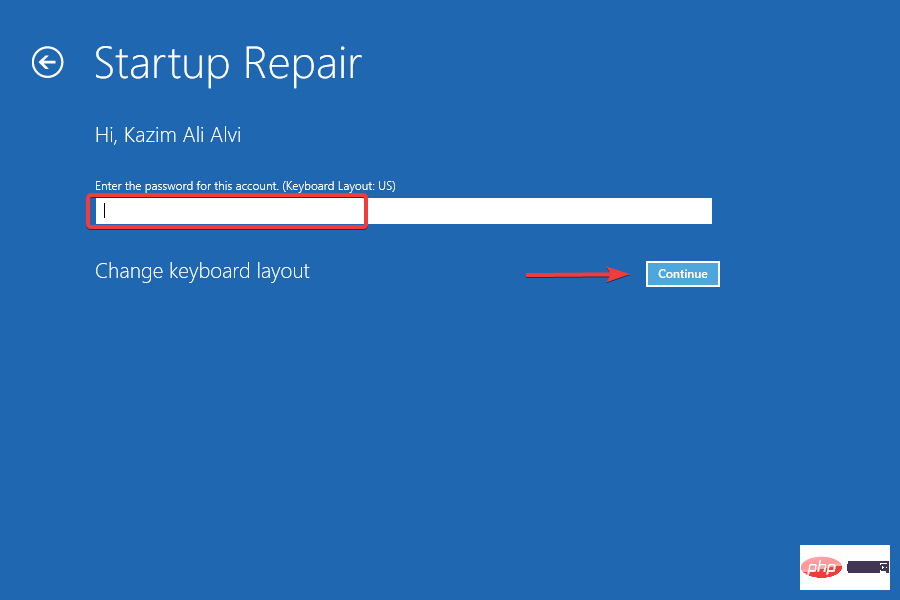
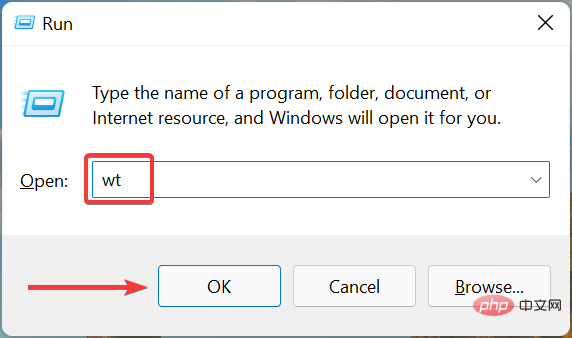

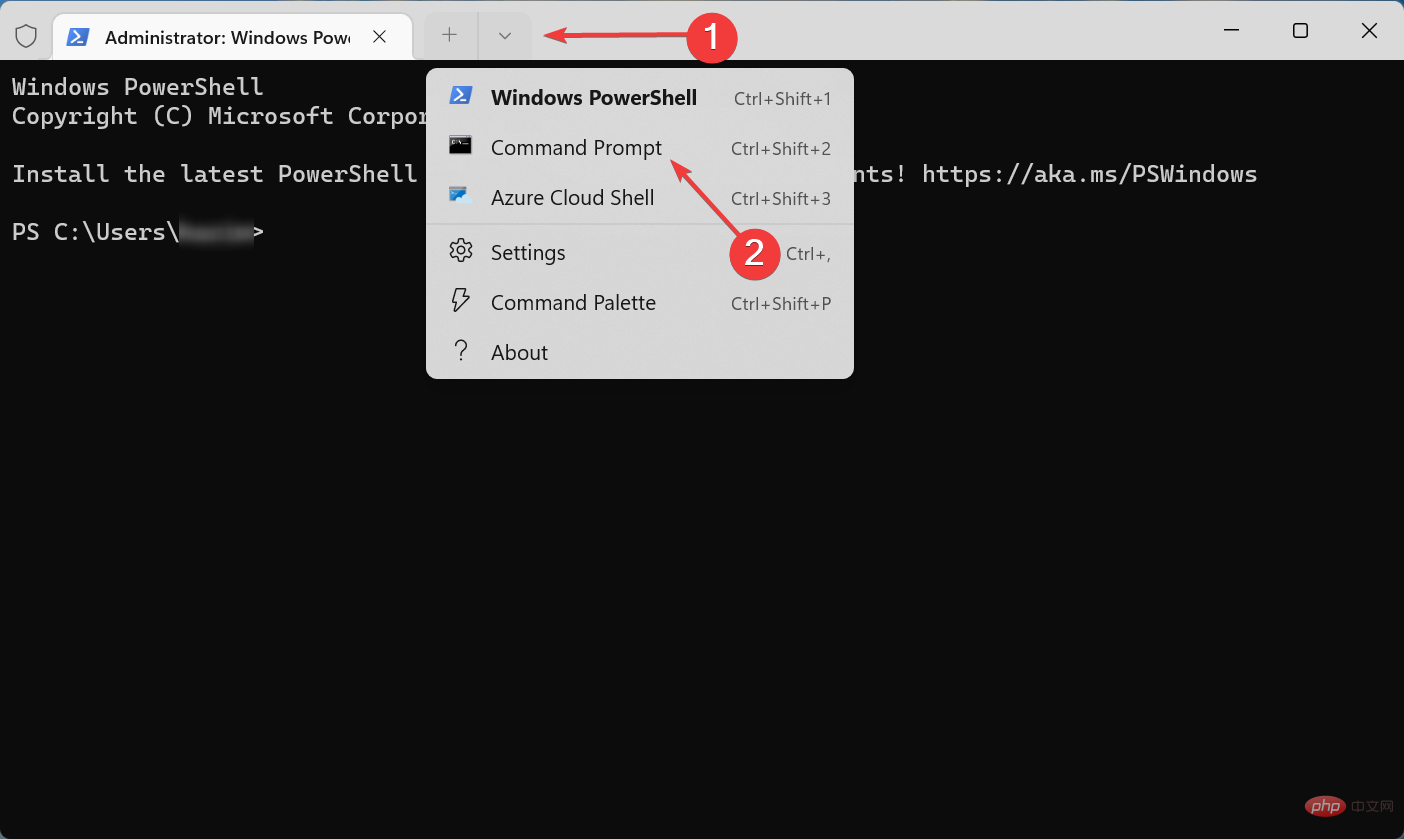


 Navigate to the "
Navigate to the "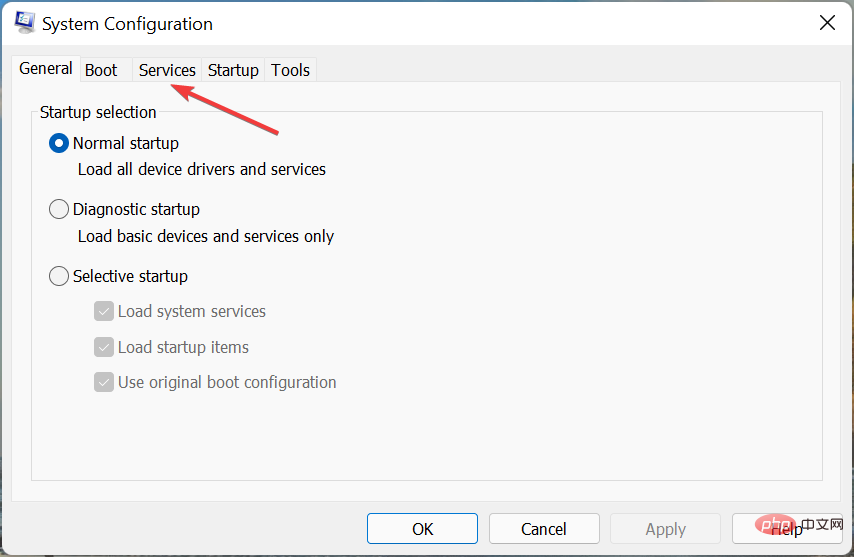 Check the Hide all Microsoft services checkbox and click
Check the Hide all Microsoft services checkbox and click  Now, go to the Startup tab and click on
Now, go to the Startup tab and click on  Find the programs configured to start at startup, select them individually, and click the
Find the programs configured to start at startup, select them individually, and click the 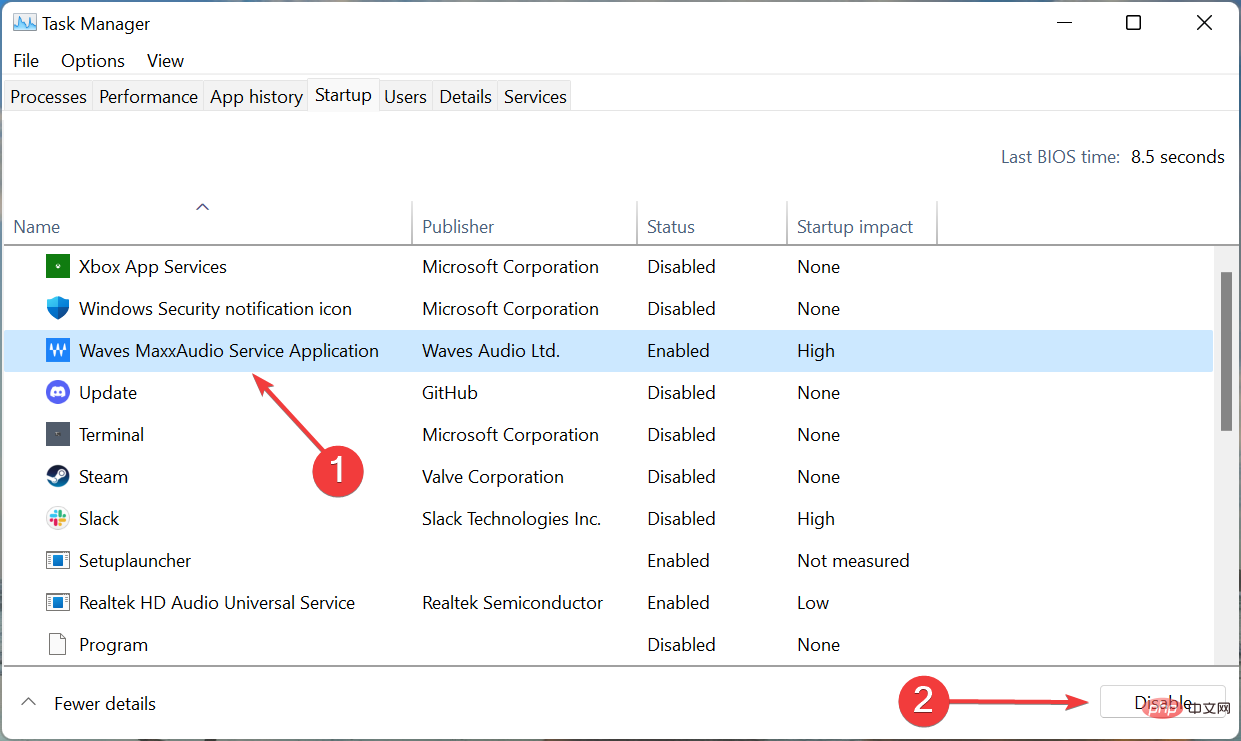 Now, click "
Now, click " Finally, click
Finally, click 